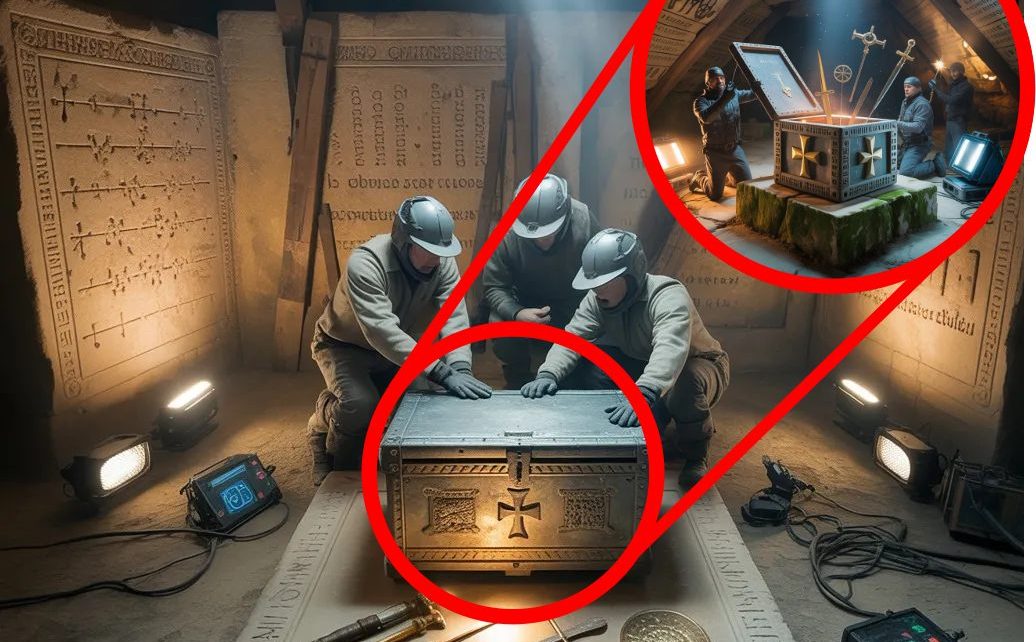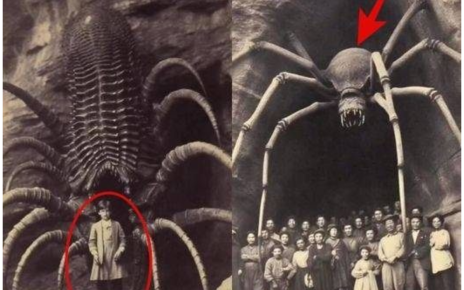The Discovery That Changed Everything
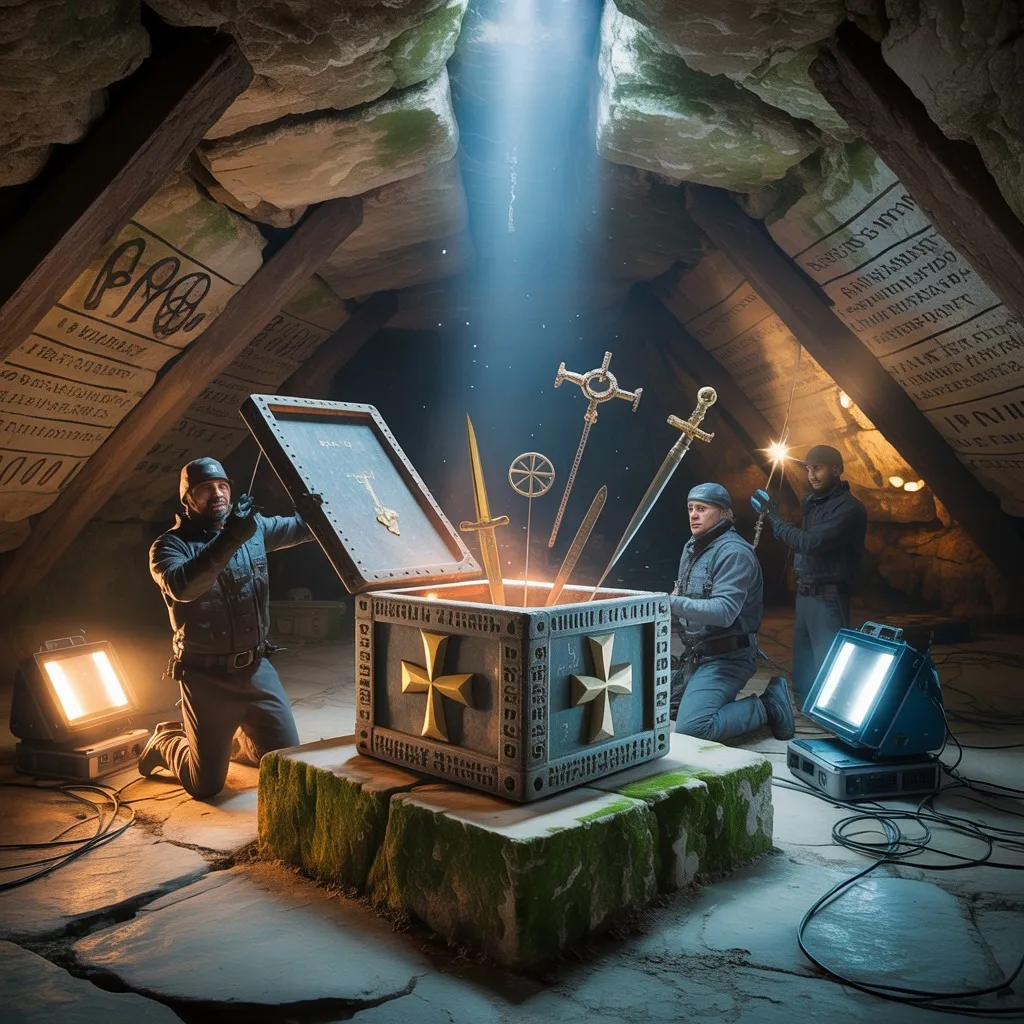
At a depth of over 100 feet, the team located a sealed limestone box within a hidden chamber, surrounded by cryptic carvings. Using ground-penetrating radar and deep drilling, they accessed the vault, untouched for centuries. Inside lay artifacts of “incalculable historical value,” potentially validating theories linking the site to the Knights Templar and pre-Columbian European contact with North America.
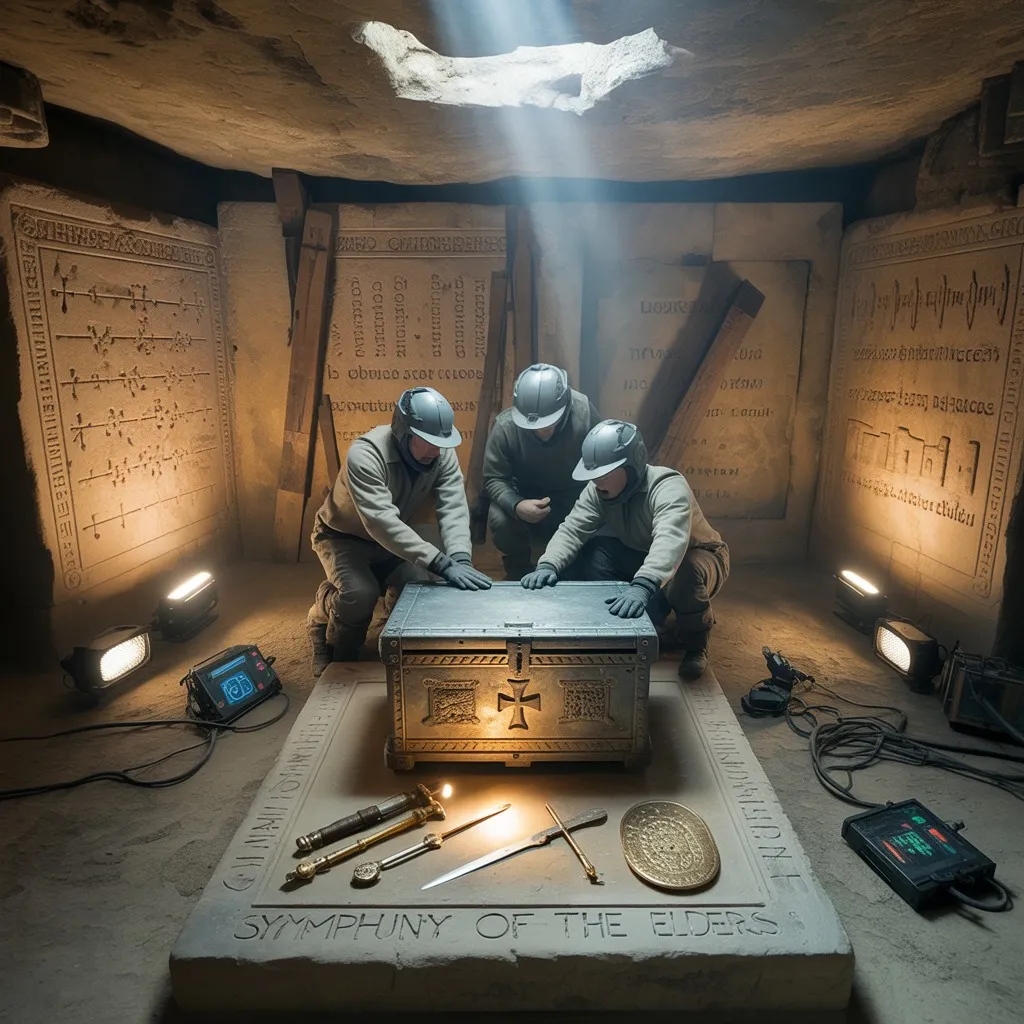
Dr. Hans Keller, the team’s lead archaeologist, declared in an exclusive interview:
“This isn’t just treasure—it’s a time capsule. If Templar origins are confirmed, we’re looking at a transatlantic connection centuries before Columbus. History books may need rewriting.”
From Folklore to Global Phenomenon
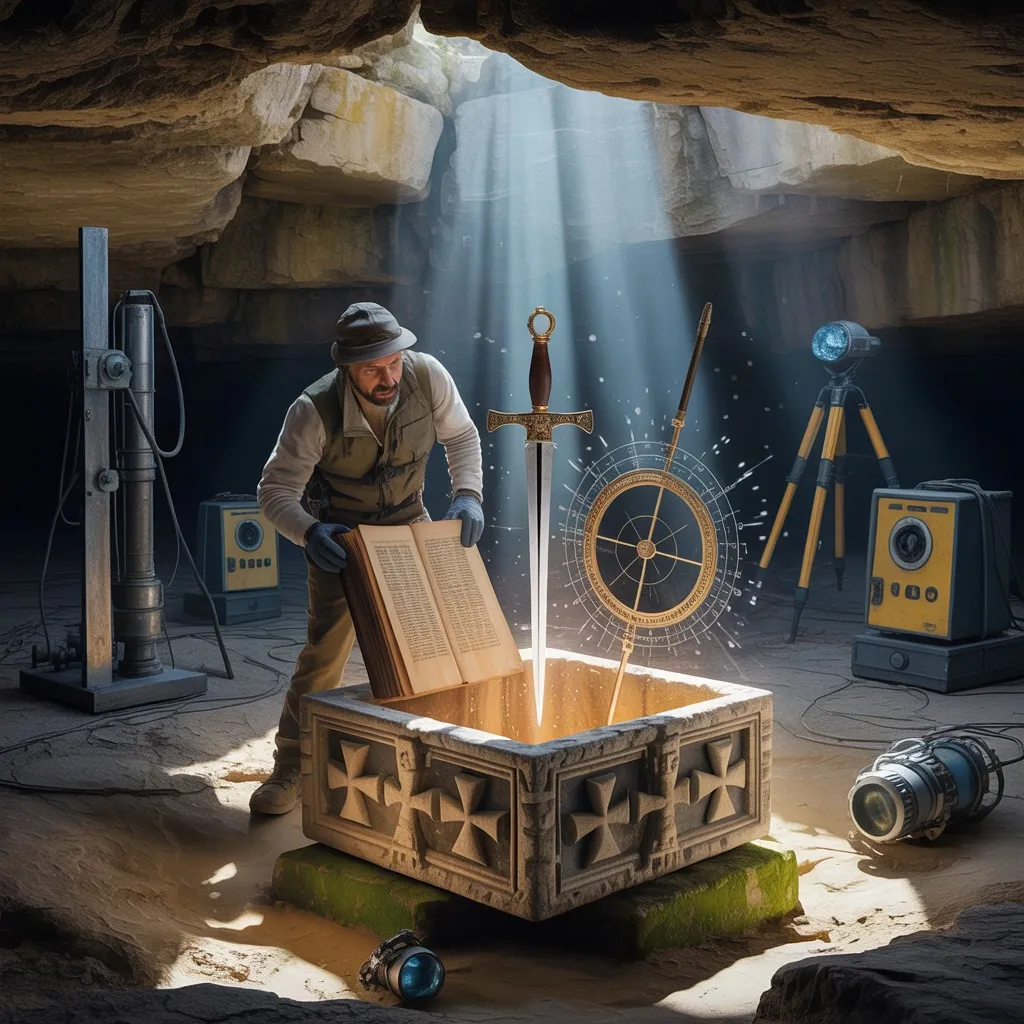
Oak Island’s legend began in 1795 when teenagers discovered a mysterious depression, sparking rumors of buried pirate gold or Shakespearean manuscripts. Over 200 years, the “Money Pit” lured explorers, costing millions and even lives. Clues like ancient timber, flooded tunnels, and cryptic inscriptions fueled speculation but yielded no definitive answers—until now.
The latest find has electrified both experts and the public. Social media erupted with hashtags #OakIsland and #TemplarsInAmerica, while forums buzz with theories of alien involvement or royal relics. The show’s viewership has surged, and Nova Scotia tourism sites report record traffic.
Science Meets Legend
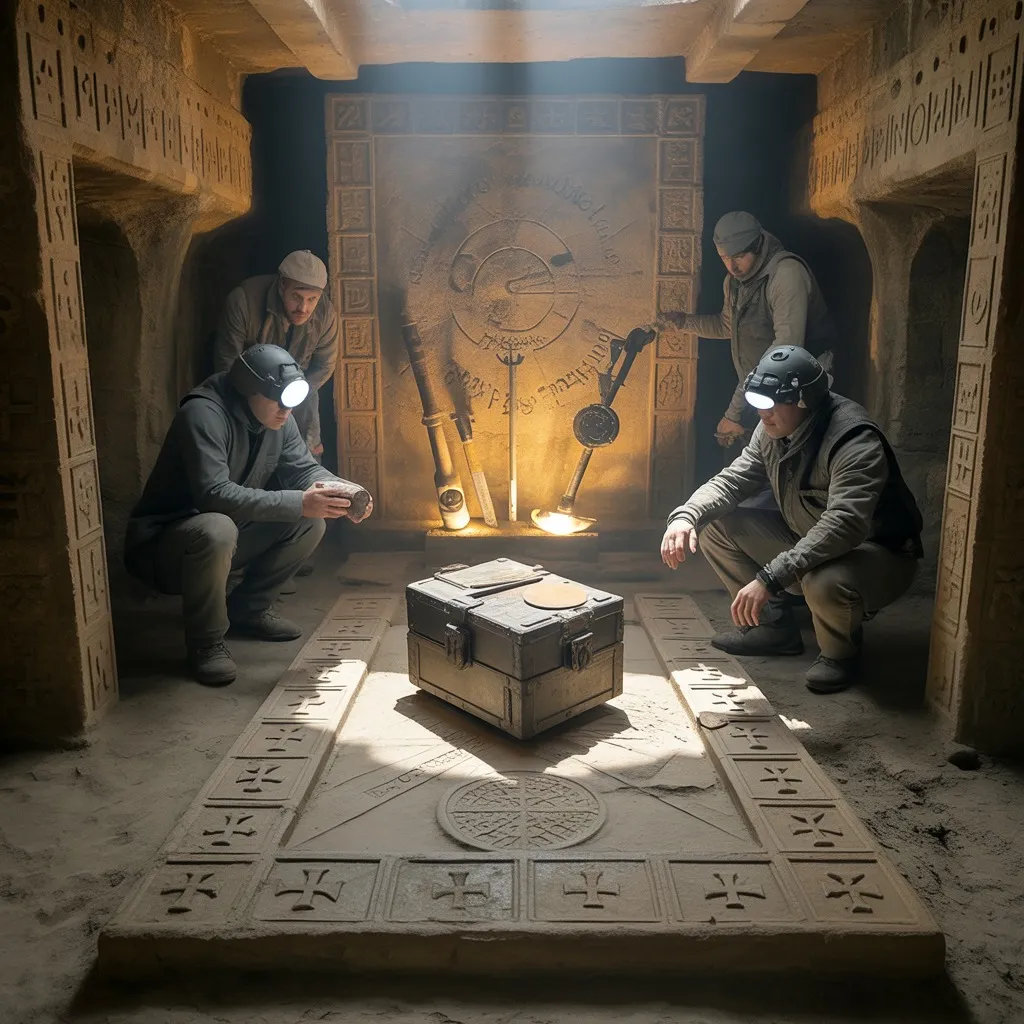
The chamber’s artifacts—yet to be fully disclosed—are undergoing forensic analysis. Early hints suggest medieval European craftsmanship, possibly ecclesiastical objects or navigational tools. The carved symbols, now being decrypted, could map further chambers in a vast subterranean network.
Critics urge caution, noting past hoaxes, but Keller emphasizes rigor:
“Every layer is documented meticulously. This isn’t reality TV drama—it’s peer-reviewed science meeting decades of fieldwork.”
